FPC vs. PCB for NFC Tags: Which Material Is Right for Your Project?
Now day, Near Field Communication (NFC) tags have become a cornerstone for innovative applications—from embedded solutions in leather goods and toys to compact designs for keychains and disposable electronics. At UNIRFID, we empower businesses to create tailored NFC solutions using two versatile materials: Flexible Printed Circuits (FPC) and Printed Circuit Boards (PCB). Both are durable, high-temperature-resistant, and adaptable to secondary applications, but they cater to distinct needs.
So, how do you choose between FPC and PCB for your NFC tags? In this guide, we’ll break down their differences, strengths, and ideal use cases to help you make an informed decision.
Why Material Choice Matters for NFC Tags
NFC tags are designed to integrate seamlessly into products, often facing challenges like:
-
Physical Stress: Bending, compression, or repetitive motion.
-
Environmental Exposure: Heat, moisture, or chemical contact.
-
Space Constraints: Ultra-thin or irregularly shaped host products.
-
Cost Efficiency: Balancing performance with budget.
Both FPC and PCB excel in these areas but serve different purposes. Let’s explore how.
FPC vs. PCB: Key Differences at a Glance
| Feature |
FPC (Flexible Printed Circuit) |
PCB (Printed Circuit Board) |
| Thickness |
Ultra-thin (as low as 0.5mm) |
Thicker (up to 1mm or more) |
| Flexibility |
Highly flexible, bendable, foldable |
Rigid or semi-flexible |
| Heat Resistance |
Withstands 260°C+ (encapsulation) |
High heat tolerance (varies by design) |
| Cost |
Slightly higher |
More cost-effective |
| Applications |
Curved surfaces, compact spaces |
Sturdy, fixed installations |
1. FPC: The Flexible Powerhouse for Complex Designs
What is FPC? ( Related Product: FPC NFC Tags )
FPCs are made from flexible polymer substrates like polyimide, enabling them to bend, twist, and conform to irregular shapes without losing functionality.
Key Advantages:
-
Ultra-Thin Profile: Ideal for embedding in slim products (e.g., electronic cigarettes, wearable tech).
-
Superior Flexibility: Can be folded or rolled for dynamic applications (e.g., smart clothing tags).
-
High-Temperature Endurance: Survives up to 260°C during encapsulation processes.
-
Lightweight: Perfect for portable or disposable items.
Ideal Use Cases:
-
Embedded in Leather Goods: Luxury wallets, handbags, or belts requiring discreet NFC integration.
-
Toys & Keychains: Durable enough to handle rough handling while maintaining a sleek design.
-
Medical Devices: Tags for sterilizable equipment or wearable health monitors.
-
Consumer Electronics: Compact NFC tags for earbuds, chargers, or IoT devices.
Why Choose FPC?
If your project demands a thin, bendable, and heat-resistant NFC tag that fits into tight or curved spaces, FPC is the go-to material.
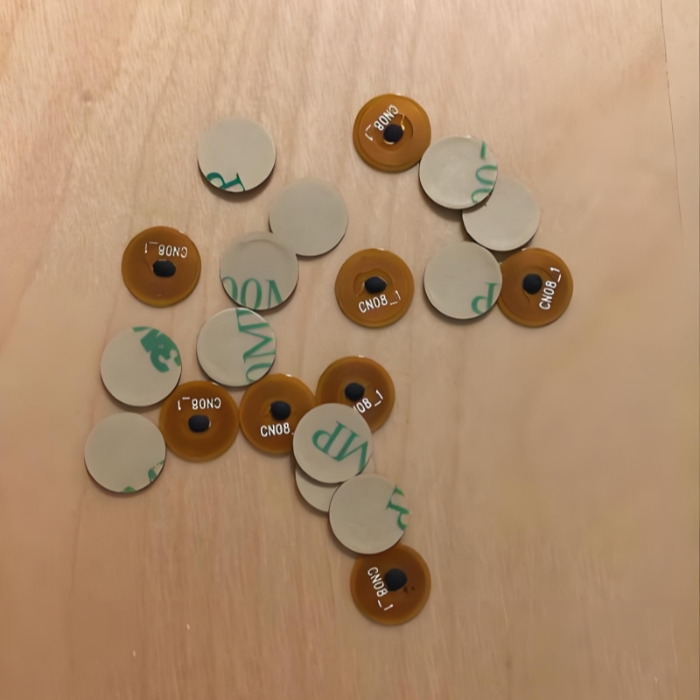
2. PCB: The Cost-Effective Workhorse for Robust Applications
What is PCB? (Related Products: PCB NFC Tags )
PCBs are traditional rigid or semi-flexible circuits built on substrates like FR4. While less pliable than FPCs, they offer unmatched structural stability.
Key Advantages:
-
Thickness Options: Can be manufactured up to 1mm+ for added durability.
-
Affordability: Lower production costs for large-scale orders.
-
Rigid Structure: Resists warping, ideal for fixed installations.
-
Custom Layers: Supports complex multi-layer circuits for advanced NFC features.
Ideal Use Cases:
-
Key Fobs & Access Cards: Sturdy tags designed for daily use.
-
Industrial Equipment: Tags for machinery tracking in high-vibration environments.
-
Promotional Items: Budget-friendly NFC tags for marketing campaigns.
-
Smart Packaging: Rigid tags embedded in product boxes or labels.
Why Choose PCB?
Opt for PCB if you need a cost-effective, thick, and robust NFC tag for applications where flexibility isn’t a priority.
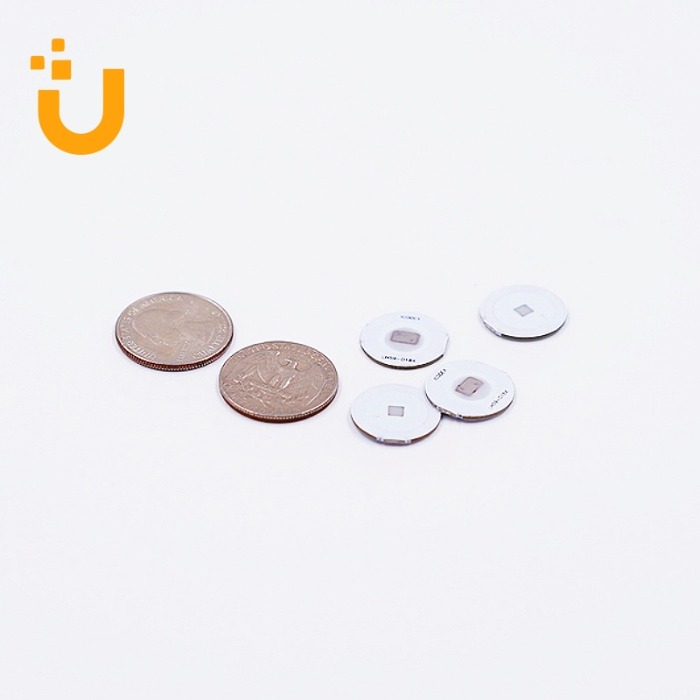
How to Choose Between FPC and PCB
Ask these critical questions to determine the best fit:
1. What’s the Host Product’s Design?
-
Curved or Flexible Surfaces? → FPC
Example: Embedding an NFC tag into a silicone wristband or a leather journal.
-
Flat or Rigid Structures? → PCB
Example: Tags inside a plastic loyalty card or electronic device casing.
2. What Are the Environmental Demands?
3. What’s Your Budget?
4. How Thin Does the Tag Need to Be?
UNIRFID’s Expertise in FPC and PCB NFC Tags
At UNIRFID, we combine cutting-edge technology with ROHS-compliant materials to deliver NFC tags that meet your exact specifications. Here’s why clients trust us:
-
Customization Mastery:
-
Adjust thickness, flexibility, and antenna design.
-
Add protective coatings for water or chemical resistance.
-
High-Temperature Solutions:
-
Rapid Prototyping & Scalability:
-
Global Compliance:
Case Study: FPC vs. PCB in Action
Client: A luxury leather brand
Challenge: Embedding NFC tags into handbag seams without compromising aesthetics or comfort.
Solution: UNIRFID recommended FPC-based tags (0.6mm thick) for flexibility and heat resistance during leather molding. The result? Discreet, durable tags enabling product authentication and VIP customer engagement.
Client: An automotive parts supplier
Challenge: Tracking components in high-heat assembly lines.
Solution: PCB tags (1mm thick) provided the rigidity and heat tolerance needed for metal part labeling, reducing inventory errors by 25%.
Partner with UNIRFID for Smart NFC Solutions
Whether your project requires the ultra-thin flexibility of FPC or the rugged affordability of PCB, UNIRFID offers the technical expertise and material excellence to bring your vision to life. Our NFC tags are engineered to thrive in diverse environments—ensuring reliability, compliance, and seamless integration.
Ready to Innovate with NFC?
Contact UNIRFID today to discuss your FPC or PCB NFC tag requirements. Let’s build a smarter future together!

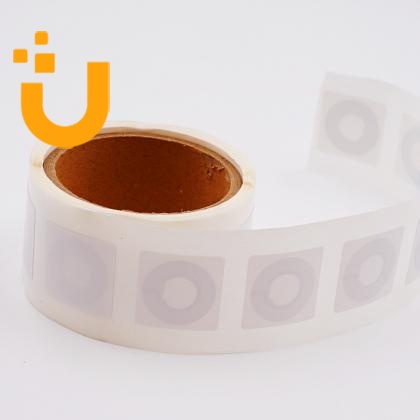
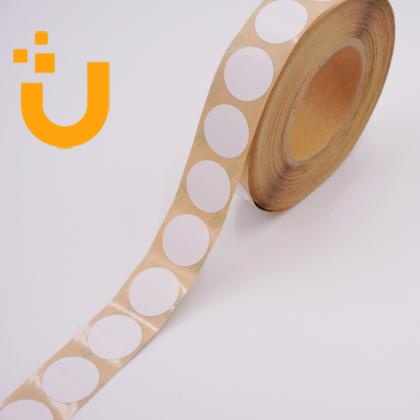
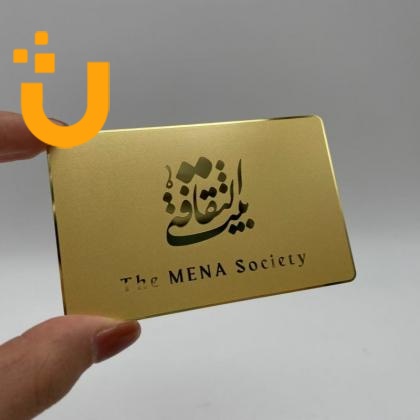
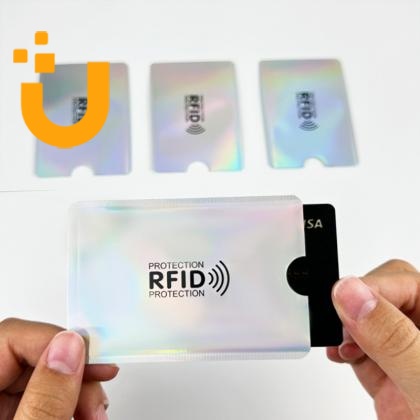
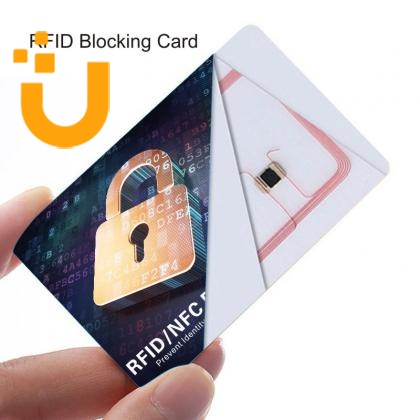






 IPv6 network supported
IPv6 network supported